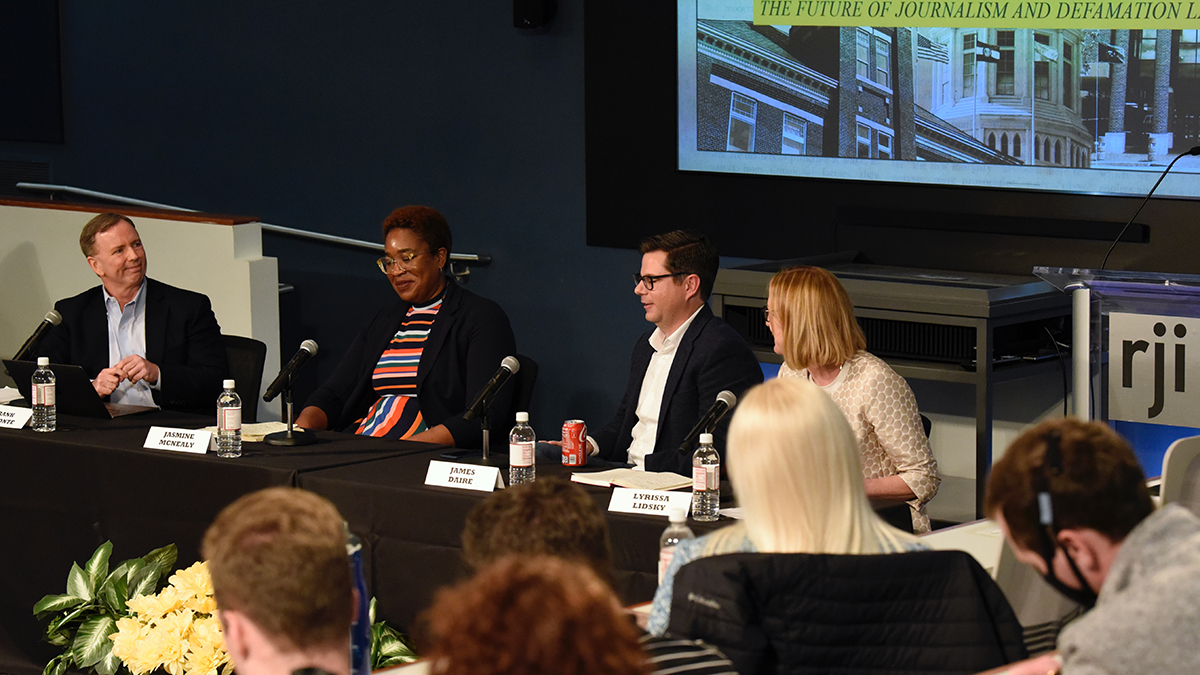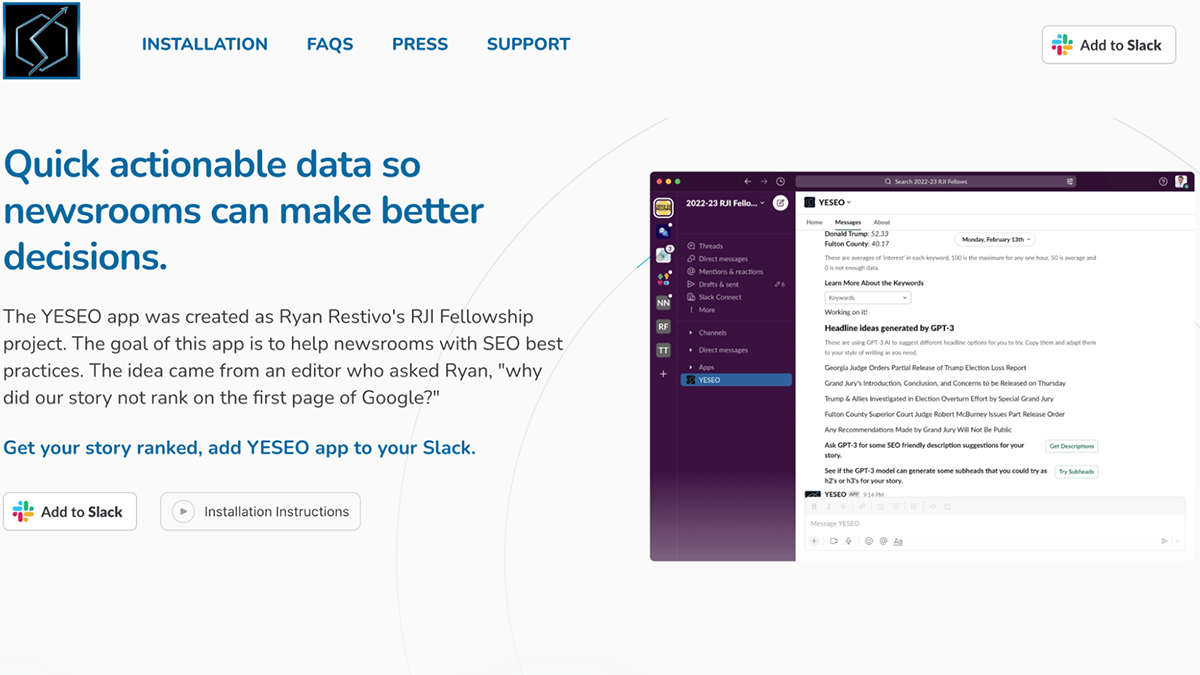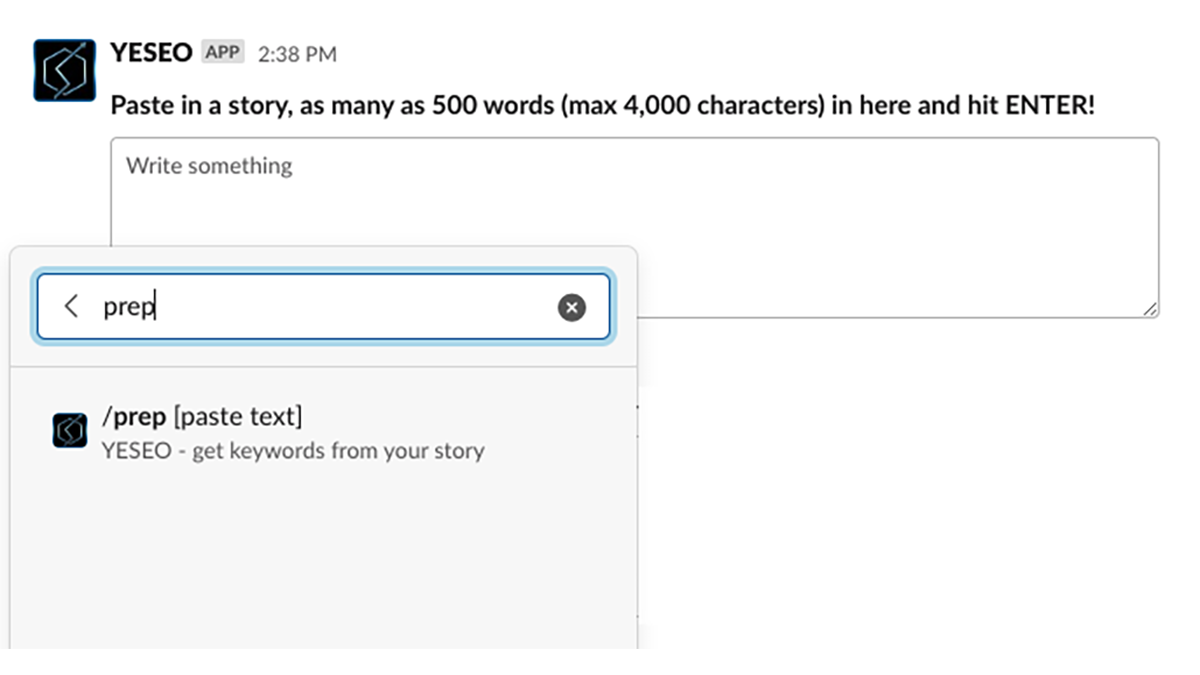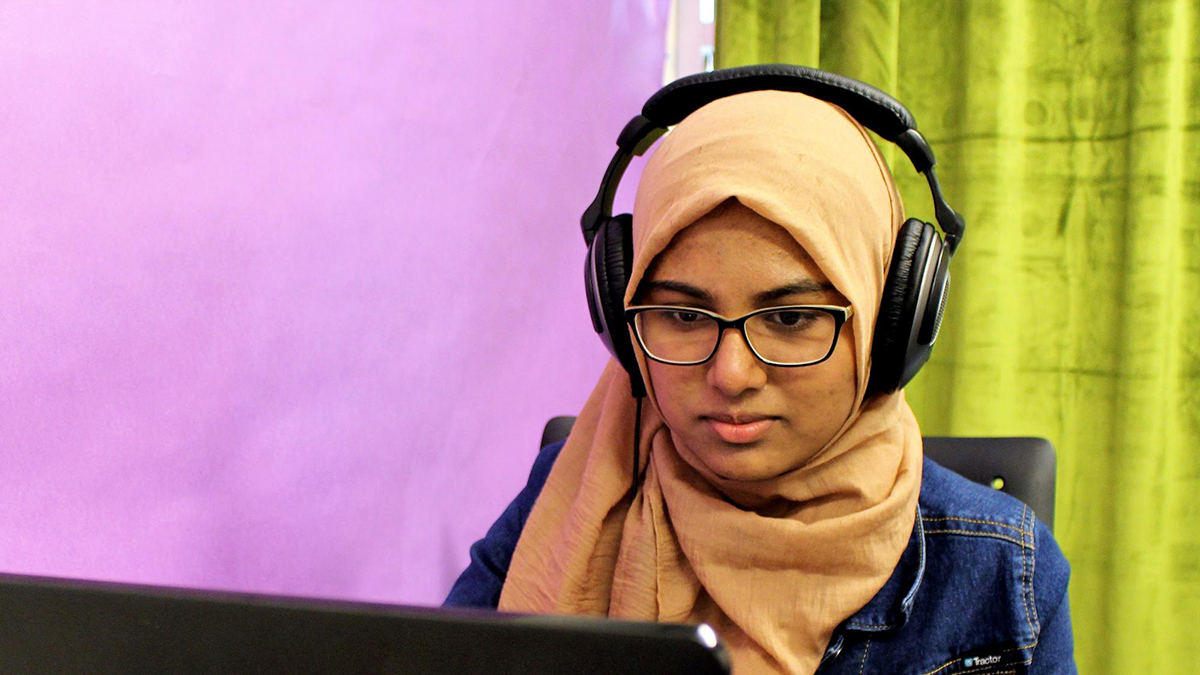
Search Results for results
Community media unburdened by mainstream legacy makes all the difference
A PushBlack campaign grew donations 30% to a voter registration drive in the South. Native News, supported by grants and sponsors, launches a new health-care newsletter and quickly grows it to 26,000 subscribers. And after a collaborative of healthcare organizations in Philadelphia partnered with WURD Radio to distribute colorectal cancer screening kits, dozens of Black … Continued
How we start building access for disabled journalists
I probably shouldn’t start this with a wheelchair pun, should I?
Symposium at Reynolds Journalism Institute asks: What happens when AI creates defamatory content?
In a world where artificial intelligence can write headlines and even compose passable news stories, the notion of “defamation by algorithm” is no longer the realm of science fiction.
Introducing the YESEO app
The Slack app is free to use and is installable in any workspace.
Multilingual newsrooms need multilingual transcription services
A conversation with Kenan Cerimagic, Executive Producer for Radio Free Europe.
How I preserve user privacy in the YESEO bot
Breaking down each bot command with the privacy, data and share options.
A new ‘Potter Listening Tour:’ Local newspapers can still work, even with different paths
A different kind of “right sizing,” grants and donations, and tinkering with the balance of online and print are some of the ways.
Adding pre-publish options to the SEO Slack tool
Using keywords, AI and automation for pre-publish insights.
Youth radio journalism resources roundup
Starting a journalism program for teens? You don’t need to create training and curriculum materials from scratch Starting a youth radio program at your shop means managing a lot of moving pieces. You’ve got to find funding, staff, space and equipment. You’ve got to meet with youth who are interested in storytelling and amplifying teen … Continued
New insights and next steps for the Muslim media toolkit
When it feels like you’re not getting enough responses, you need to keep going.









